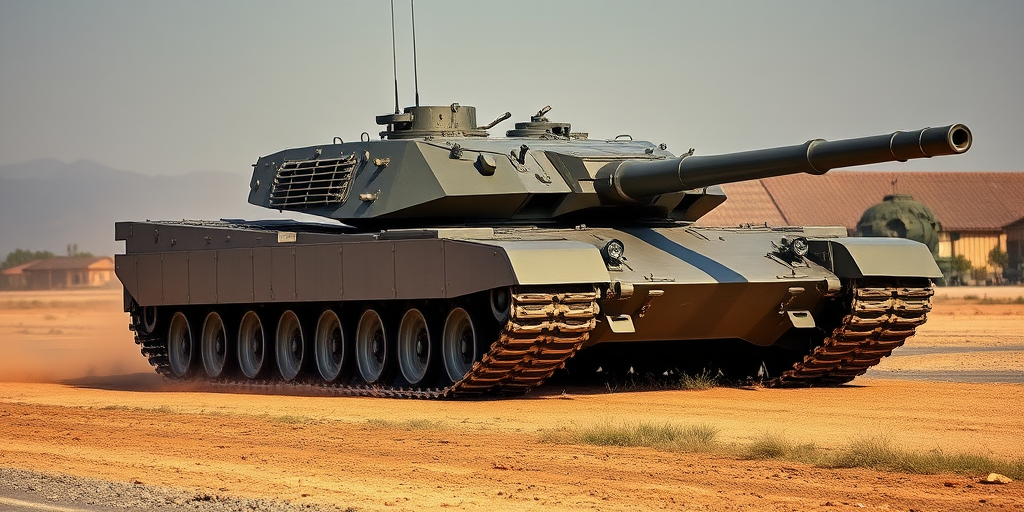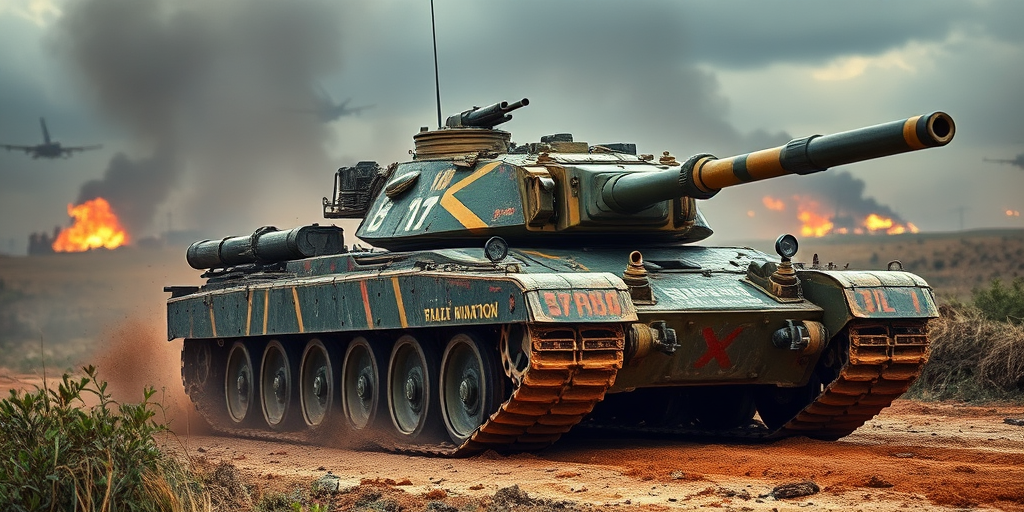Is China’s latest heavy armor a game changer in modern warfare? The ZTZ-99A exemplifies a breakthrough in engineering with its advanced design, superior firepower, and strategic mobility. Born from decades of innovation and rigorous testing, this improved version of the original Type 99 has redefined battlefield effectiveness. Combining modern third-generation capabilities with precise tactical integration, the ZTZ-99A challenges conventional armored warfare norms and establishes a new standard for heavy armor systems. Dive into its evolution, design, and performance to discover how it reshapes military strategy.
Advanced Design and Protection Features of The ZTZ-99A: China’s High-Tech Heavy Armor

The ZTZ-99A employs a sophisticated armor configuration that centers on a welded steel base structure enhanced with composite materials and explosive reactive armor on key sectors. Its multilayered protection system is specifically designed to neutralize modern anti-tank rounds and tandem warheads, ensuring superior survivability against evolving battlefield threats.
The tank’s design adheres to a Russian-inspired layout that strategically allocates space into distinct compartments. The driver’s area is positioned at the front to optimize visibility and rapid responses, while the fighting compartment and power pack are separately located to provide enhanced operational security and overall efficiency. This precise compartmentalization not only improves crew safety but also streamlines maintenance and rapid repairs in combat environments.
By integrating robust turret design, the ZTZ-99A achieves rapid target acquisition. The turret houses dense layers of protective armor while exposing minimal critical components, thus limiting vulnerability during engagements. These elements work in unison with the reactive armor, which actively counters incoming threats through rapid force dispersion and kinetic energy absorption.
- Welded steel base structure
- Composite and reactive armor layers
- Defined compartments for optimized crew performance
- Integrated turret design for rapid target acquisition
Such an innovative combat design coupled with its vanguard protection system exemplifies a calculated balance between offensive capability and defensive resilience. The deliberate structural choices demonstrate an advanced fusion of traditional materials with modern reactive technologies, reinforcing the tank’s role as a formidable asset on the modern battlefield.
Dynamic Mobility, Engine Performance, and Operational Capabilities of The ZTZ-99A: China’s High-Tech Heavy Armor

The ZTZ-99A is engineered with a focus on battlefield agility and uncompromising engine power, making it a standout asset in modern armored warfare. At its core, this tank is propelled by a 1500 horsepower 150HB turbocharged diesel engine. Coupled with a manual transmission that offers seven forward and one reverse gear, the engine configuration provides both rapid acceleration and reliable power delivery under diverse combat conditions.
Its maximum road speed of 80 km/h, paired with a baseline cruising range of 600 km extendable to 800 km using additional fuel drums, demonstrates its strategic mobility over extended operations. The robust design ensures that the tank can maneuver across various terrains with confidence. The torsion bar suspension system, which is supported by six rubber-tired road wheels per side and hydraulic shock absorbers on select wheels, emphasizes stability and precision. These advanced suspension components allow the tank to effectively negotiate steep gradients, side slopes, and vertical obstacles up to 1.3 m. The vehicle is also engineered for water fording, handling depths from 1 m in typical conditions up to 4.5 m when using a snorkel.
When questions arise, such as, “What are the primary mobility features of the ZTZ-99A?” the answer is clear using SQuAD principles: it is defined by its powerful engine, optimized gear transmission, advanced suspension, and impressive fording capabilities.
- 1500 horsepower engine
- 80 km/h maximum road speed
- Extended operational range
- Advanced suspension and fording capabilities
Final Words
In the action, we examined the evolution, advanced design, superior firepower, dynamic mobility, and comparative analysis of The ZTZ-99A: China’s High-Tech Heavy Armor.
Key milestones, layered protection, precision targeting, and enhanced performance metrics were discussed in detail.
We highlighted how integrated systems and future upgrade pathways shape its battlefield presence.
These insights offer a comprehensive look at its strategic significance, affirming that modern military innovation continues to drive new levels of capability and effectiveness.
Optimism remains high as technological advancements pave the way for further defense breakthroughs.
FAQ
Q: How does the Type 99 tank compare to the M1 Abrams?
A: The ZTZ-99A features a 1500hp engine compared to the Abrams’ 1500hp turbine. Both tanks utilize a 120-125mm main gun, composite armor, and advanced fire control systems for modern battlefield superiority.
Q: What is the cost of a ZTZ-99 tank?
A: The ZTZ-99A main battle tank costs approximately $5.5-6 million per unit, making it more economical than Western counterparts while maintaining advanced capabilities and technologies.
Q: What makes the Type 99 tank unique?
A: The ZTZ-99A incorporates advanced features including composite armor, a 125mm smoothbore gun capable of firing guided missiles, and a digital battlefield management system with panoramic sights.
Q: What does ZTZ stand for in Chinese tanks?
A: ZTZ stands for “Zhong Zhu Type” in Pinyin, where “Zhong” means main and “Zhu” means tank. This designation system identifies Chinese main battle tanks.
Q: What are the key performance specifications of the Type 99A?
A: The Type 99A achieves speeds up to 80 km/h with a 600km operational range. It features a 1500hp diesel engine, can ford water up to 4.5m deep, and crosses 1.3m vertical obstacles.
Q: How many Type 99A tanks are in service?
A: China operates approximately 1,200 Type 99 and Type 99A tanks combined, with ongoing production to modernize their armored forces and replace older tank variants.
